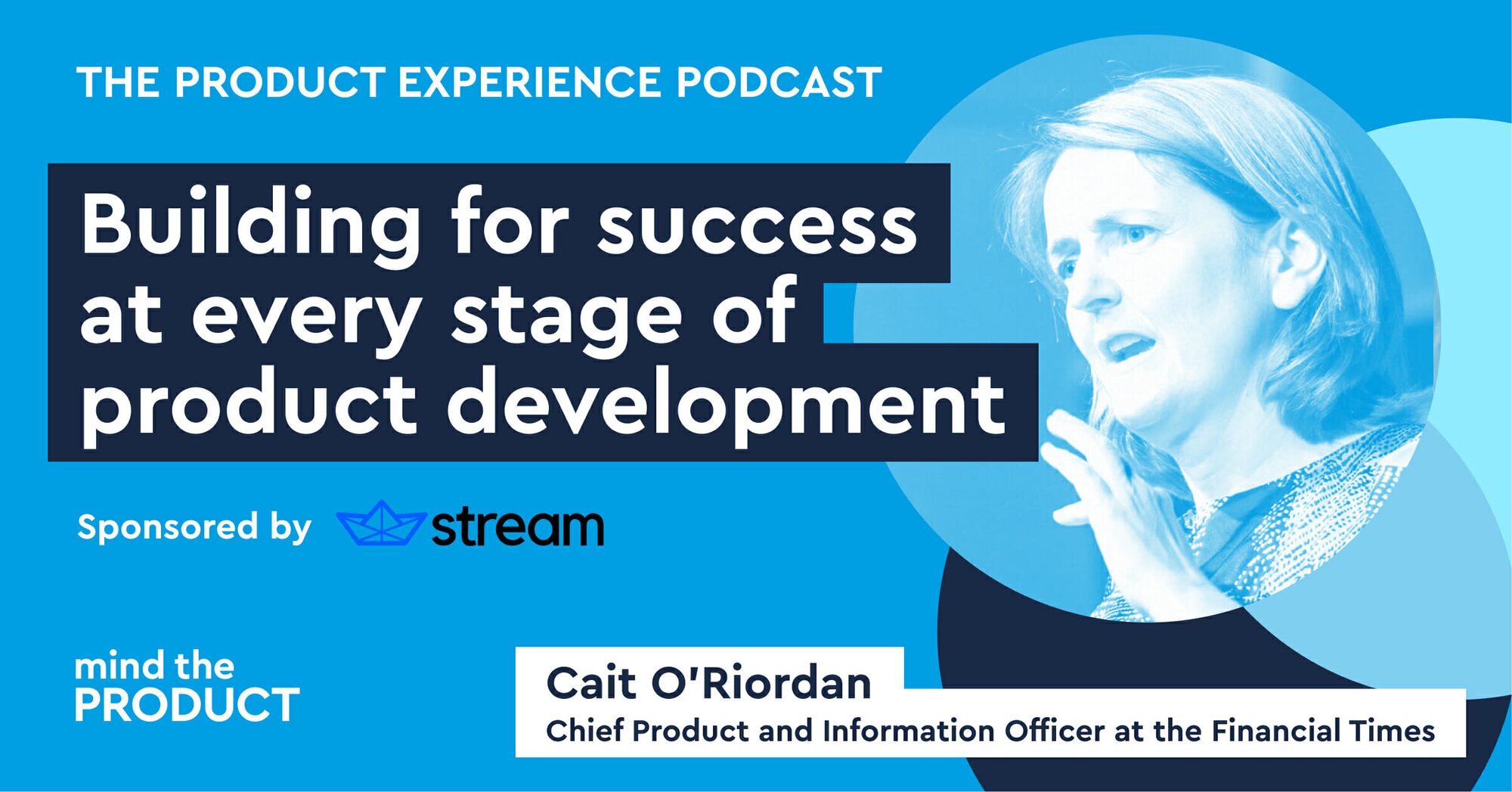Product management is a field that continues to evolve from the early days of desktop software to where we are currently. Many companies like Pragmatic, 280 Group offer product management training and even certification. They do a great job in laying out fundamentals like personas, understanding your customer, market problems, requirements and so on.
However, translating those training & certification and applying them in the real world remains challenging. It’s great to focus on market problems but not so much when the head of sales or other senior executive is breathing down your neck about adding a feature. There are tons of communities like Meet the Product and others where product managers share their knowledge and exchange tips & tricks. However, enterprise app product managers are a lonely bunch. Too often the suggestions don’t translate to enterprise apps where the dynamics can be very different. In this article, I will lay out in my view – the top 5 hidden challenges in enterprise software product management and how you can manage them.
Hidden Challenge #1: Your customer may not be your user.
Personas are not new to anyone in product management and most experienced PM’s also get the difference between buyer and user personas. PM’s are trained to focus on user personas but in the enterprise app world – you have to not just understand who your users are but also understand their motivations or relationship with your customer. What do I mean by this? One of the products my team manages is an application used by our customers to help manage contractors who work for them. The end user in this case is a third party who has no direct relationship with the software vendor and in many cases not a very technical person. Their relationship is with our customer.
Why is this challenge important? You may not be able to reach your end users to gather feedback or in some cases your product is actually provided as a service to your end users by your customer. You need to be extra careful in rolling out application updates or changing user experience substantially even if it’s for the better. I have seen first hand what happens when a well intentioned update pushed to production turns into floods of calls into your customer’s help desk with confused users. That flood of calls turns pretty quickly into a major escalation for you as the product manager.
How do you address this challenge?
- If you are considering end user experience changes, make sure your UX team can build mockups or interactive mockups that you can put in front of a sampling of end users.
- Try and understand the commercial relationship between your customer and their customers as that can provide important context which can be deeply valuable. From my earlier example, if your customer has strict SLA’s for their customers, any UX changes you make could impact how responsive they are which hits their bottom line.
- Consider investing in interactive walkthroughs in your application. Companies like Walkme, Pendo and others have tools that can provide short walkthroughs for end users when you are introducing change.
Hidden Challenge #2: Procurement doesn’t care how awesome your application is.
One of the personas that is frequently overlooked by first time enterprise product managers is procurement. Procurement typically becomes involved after your app has been selected. So, you think the hard work is done. Not so fast! The job of procurement is to ensure they are getting the best possible price available, protect their employer with favorable terms in the agreement (escrow agreements, special financial protections etc.)
Why can procurement be a challenge? As their job is to make sure they get the best deal for the company, they will compare you to other applications. If your app is in a fairly well defined space, this is fine as they will likely find your competition. If not, how you position your app becomes critically important as you don’t want them to wrongly compare your application
How do you address this challenge?
- Ensure that you are focusing on the core value prop that differentiates you from your competition in marketing material. For example, if your app is an enterprise cloud storage app, focus on why it’s for enterprise and how it’s different than Dropbox.
- Consider adopting the positioning framework recommended by April Dunford in her book Obviously Awesome. This book was a short read but really helped me think differently about competition.
- Shortlist your competition and consider providing them to the procurement team member as the type of apps you should be compared against.
Hidden Challenge #3: Treat your professional services team as your first customer
Enterprise apps are invariably deployed using internal or external services teams. You can build a fantastic application but if you don’t have resources who are knowledgeable on how it should be deployed and configured for a customer, your app is unlikely to get adopted. You should treat the professional services team as your first customer. Just as you if you were working on an early MVP product, you would get lots of feedback from customers, in the enterprise app world, you should replicate and augment that with feedback from your services team.
Why is ignoring your services team a challenge? The services teams are often customer facing and have a wealth of knowledge on how customers work. Developing functionality that is entirely new to them or doesn’t build on their knowledge will likely mean that they will struggle with implementation. As they are billable resources, any delays in implementation means that they will likely try and pull in product and engineering resources to help. Fair or not, it’s much easier to volunteer engineering or product management time “free” than it is to convince a customer that they need to pay for more billable hours.
How do you address this challenge?
- Treat your services team as your first customer i.e. involve them early in your market research. In addition to their input, they can point you towards existing customers who may have valuable input to address the problem you are focusing on.
- During design and development, include them in the review processes. I have had plenty of examples where an implementation engineer would point out potential deployment challenges (eg. import functionality via Excel if you need to do batch configuration)
- Plan ahead on technology and personnel enablement. As with engineering teams, services teams have varying talent and knowledge. For example, if you are planning on delivering modern REST API’s that require a certain level of familiarity of concepts, and the existing talent don’t have background – it’s best to plan ahead and either train or augment talent.
Hidden Challenge #4: Your app is only one piece of a puzzle
Enterprise apps are frequently aimed at solving business problems that touch many areas of the company. For example, a CMMS app on the surface involves work orders. However, it needs to be configured to have the right employees, right permissions etc. Getting the right employees configured translates to an integration with HR solution the customer uses. Of course, the integration can be manual or automated but it’s still a requirement. The point here is that your app is one of many in a landscape and in some cases may not even be a key application in the eyes of your customer.
Why is this a challenge? It’s human nature to consider what you work on to be very important. Similarly, product managers feel their app is of central importance and can struggle interacting with a customer who is dealing with a variety of apps. If you lack an understanding of where your app fits in the wider landscape, you are likely to miss key requirements for integrations and APIs. In addition, if your app deals with large transactional data, it’s highly likely that a large customer will want to access their data directly.
How do you address this challenge?
- Understand the workflow. It’s important that you get adequate understanding of customer workflows. You can do this through user research activities like contextual interviews or journey mapping. Obviously, you need to repeat these exercises with several customers to understand similarities and differences.
- Plan for the future and focus on building API’s. This will give you a scalable way of integrating into other applications. Depending on the sophistication of your services team, they could even build specific integrations based on unique customer requirements without destroying your roadmap.
- Plan on providing access to the data. Enterprise customers love sophisticated dashboards that provide visibility into KPI’s etc. Some customers are large enough that they have dedicated teams internally for this purpose. They are likely to ask for direct access to the data. Even if they don’t have dedicated internal teams, building a good visualization element for your data will ultimately be good for your product anyway.
Hidden Challenge #5: Understand your go to market model
When I hire new product managers to my team, I frequently have to remind them that enterprise apps can have multiple routes (channels) to market and the product positioning plays a huge part in the success of those go-to-market channels. If your company only sells direct i.e. has only a direct sales team, you can ignore this challenge. However, if your company sells through channels, you cannot afford to ignore this challenge. Channels can be of different types but for this article, I will narrow it down to these types:
- Value Added Resellers (VAR’s) – as the name suggests, these partners resell your application with some added value or expertise from their side.
- Technology or Service Providers – These partners are ones who sell your application but are really providers for their companies. Companies who outsource entire functions such as facility management would turn to one of these providers.
- Integrators – These are larger companies who try and offer turn-key solutions to companies where they integrate solutions from multiple vendors.
Why is this a challenge? Partners can bring forward a host of requirements that you as a product manager would never otherwise consider. For example – technology service providers or integrators are more likely to ask to white label your solution i.e. strip it of any of your company branding so they can resell it under their name. They could also take you into industry segments that you may not want to invest in. Finally, when something goes wrong, the chance of finger pointing gets very high and you as a product manager will get pulled in. If handled well, partners can be a fantastic source of customers and revenue for your product so it’s not all bad.
How do you address this challenge?
- Talk to your sales counterparts to understand the type of partners you have today and the type of partners you are looking to sell through. Depending on the type, their product requirements will vary and you need to be aware of that.
- Establish clear positioning. Understand that partners are not experts in your application. Their understanding will be based on how robust your partner enablement material is (if that even exists). It is highly likely that they will not have context and will attempt to sell your product to markets where the product-market fit does not exist or is tenuous.
- Establish clear support & escalation procedures. Depending on the nature of your application, it’s extremely important that you have defined clear procedures for how a partner provides or receives support for your product, and how they can escalate issues. As a product manager, you want to push for these getting defined even if they are not your responsibility because they are likely to become distractions for you in the future if they are not defined.
Being a product manager for enterprise apps can be challenging and be very rewarding at the same time. The scale of the problems these customers face is inspiring and the feeling that your application is being used by thousands of people every day can be extremely rewarding. Hopefully, the challenges I highlighted here are illuminating on what to watch out for. Comments welcome.








